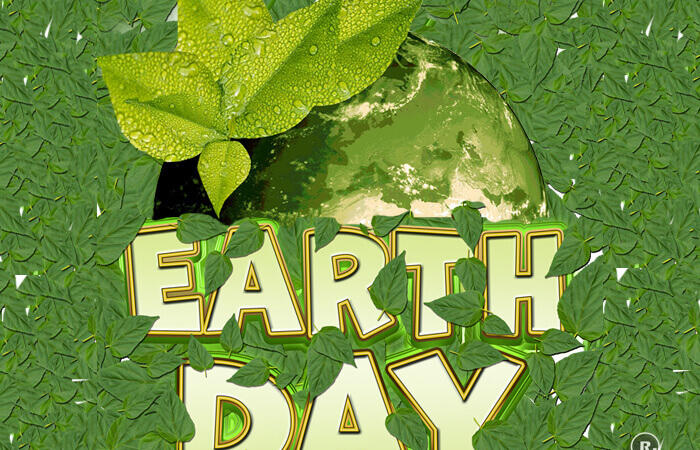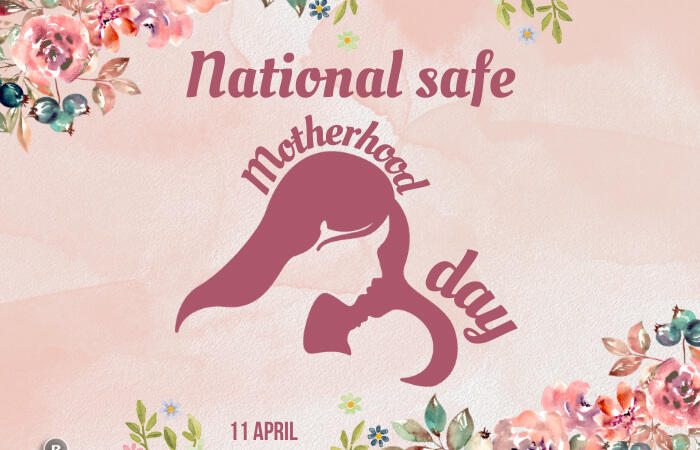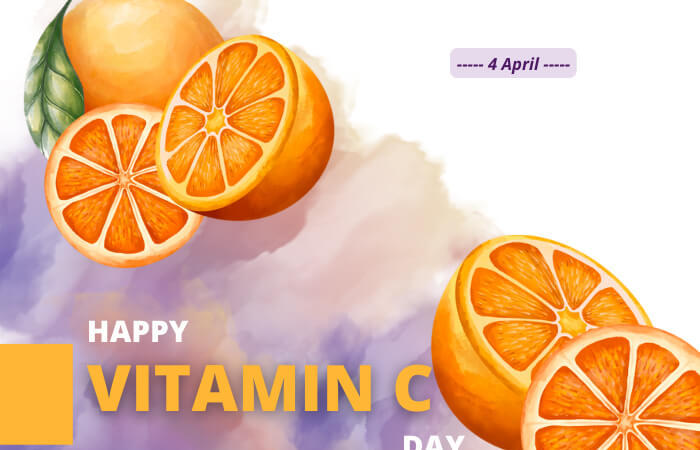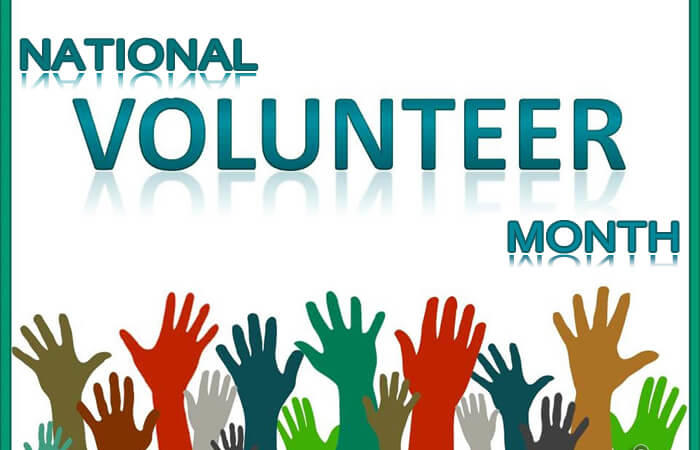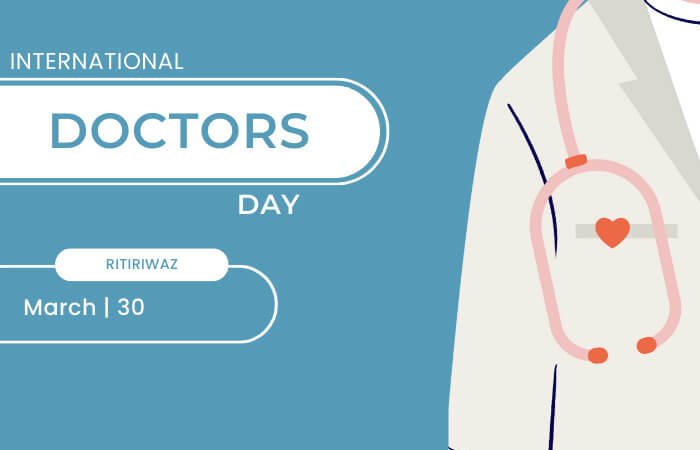World Tsunami Awareness Day – 5 November
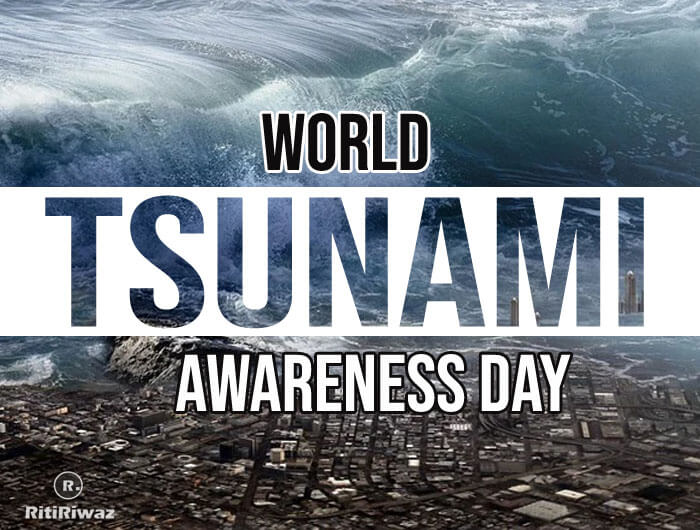
World Tsunami Awareness Day (WTAD) is observed on 5th November to promote tsunami awareness around the world. The day raises awareness on the importance of tsunami preparedness and reaffirms the inherent links between disaster risk reduction and sustainable development.
A tsunami is a giant wave of ocean water created when there is some kind of disturbance underneath the ocean surface (an underwater earthquake). A number of such waves displace a huge amount of water. These giant waves seem to be walls when they hit the shoreline. They can create dangerous impacts that might last for hours.
History of Tsunami Awareness Day
It was December 2015 when the United Nations General Assembly considered and designated November 5th as World Tsunami Awareness Day.
World Tsunami Awareness Day was the brainchild of Japan, which due to its repeated, bitter experience has over the years built up major expertise in areas such as tsunami early warning, public action, and building back better after a disaster to reduce future impacts.
The date for the annual celebration was chosen in honor of the Japanese story of “Inamura-no-hi”, meaning the “burning of the rice sheaves”. During an 1854 earthquake, a farmer saw the tide receding, a sign of a looming tsunami. He set fire to his entire harvest to warn villagers, who fled to high ground. Afterward, he built an embankment and planted trees as a buffer against future waves.
The highest number of deaths caused by the Tsunami was in the Indian Ocean tsunami of December 2004. It caused an estimated 227,000 fatalities in 14 countries, with Indonesia, Sri Lanka, India, and Thailand the hardest hit.
What generates TSUNAMI?
The word “tsunami” comprises the Japanese words”tsu” (meaning harbor) and “nami” (meaning wave). A tsunami originates from a vertical movement of the seafloor with the consequent displacement of water mass. Tsunami waves often look like walls of water and can attack the shoreline and be dangerous for hours, with waves coming every 5 to 60 minutes. Tsunamis are rare events but can be extremely deadly.
1. An Earthquake (Underwater): It can be generated by movements along fault zones associated with plate boundaries. Most strong earthquakes occur in subduction zones where an ocean plate slides under a continental plate or another younger ocean plate. All Earthquakes don’t lead to Tsunamis.
2. A Landslide: If they occur in some coastal areas.
3. A Volcanic Eruption: Violent eruptions generate impulsive disturbances, generating extremely destructive volcanoes.
4. Extraterrestrial Collision: Tsunamis can be caused by extraterrestrial collisions (i.e. asteroids, meteors) are an extremely rare occurrence.
How to observe the day
Many communities in various countries hold a range of events, including seminars, lectures, conferences, educational programs, and social media campaigns, to spread awareness for tsunamis. Each year the day is observed on a specific theme chosen by United Nations, to promote tsunami awareness and share innovative actions.
UN disaster risk reduction UNDRR is a body that observes this day in collaboration with the rest of the organs of the United Nations, ensuring proper addressal of the protocols dedicated towards all-natural hazards.
- Tsunami early warning.
- Public action.
- And building back better after being hit by the disaster to decrease future risk.
Suggested Read: Important Days In November


